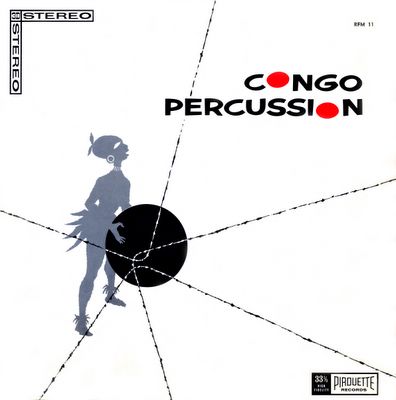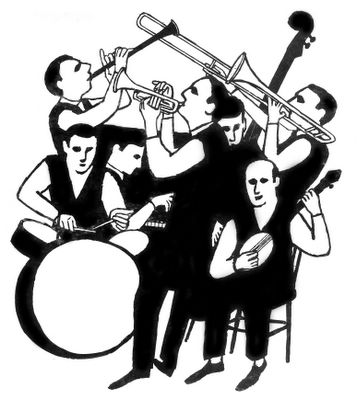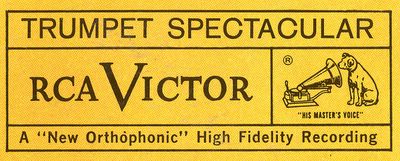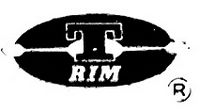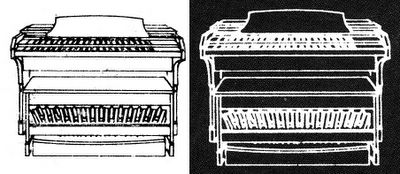
I found this Dick Schory LP yesterday, and I thought I was pretty lucky. His stuff is pretty hard to find, and I've only got a couple of his other LPs. At first, I just wanted to share the tagline with you, since "Featuring The World's Biggest Gong" is a pretty good one. But then I started looking around on the net, and I discovered a bit of a mystery. Every other website that showed a picture of Dick Schory's New Percussion Ensemble-Percussion From Melody To Madness Music To Break Any Mood (RCA Victor LSP-2125, 1960) showed a different cover. So I scanned mine in, front and back, just so you can see what mine looks like. It's a beautiful cover, very typical of the era, and it really highlights the world's biggest gong well. But why is it different from the others? And why does it look like the title is Percussion From Melody To Madness instead of the more commonly known Music To Break Any Mood? (To add a little more confusion, the spine says Percussion!-Music To Break Any Mood.) Best I can guess is that mine is a reissue. I only say that because on the bacl of the sleeve, the catalog number shows an "RE" after it. Maybe the other version of this cover was too outrageous for some folks, what with a nearly naked Mr. Schory and his gong. But why change the tagline, too? The other version says "World's Biggest Sound"? The world may never know.



